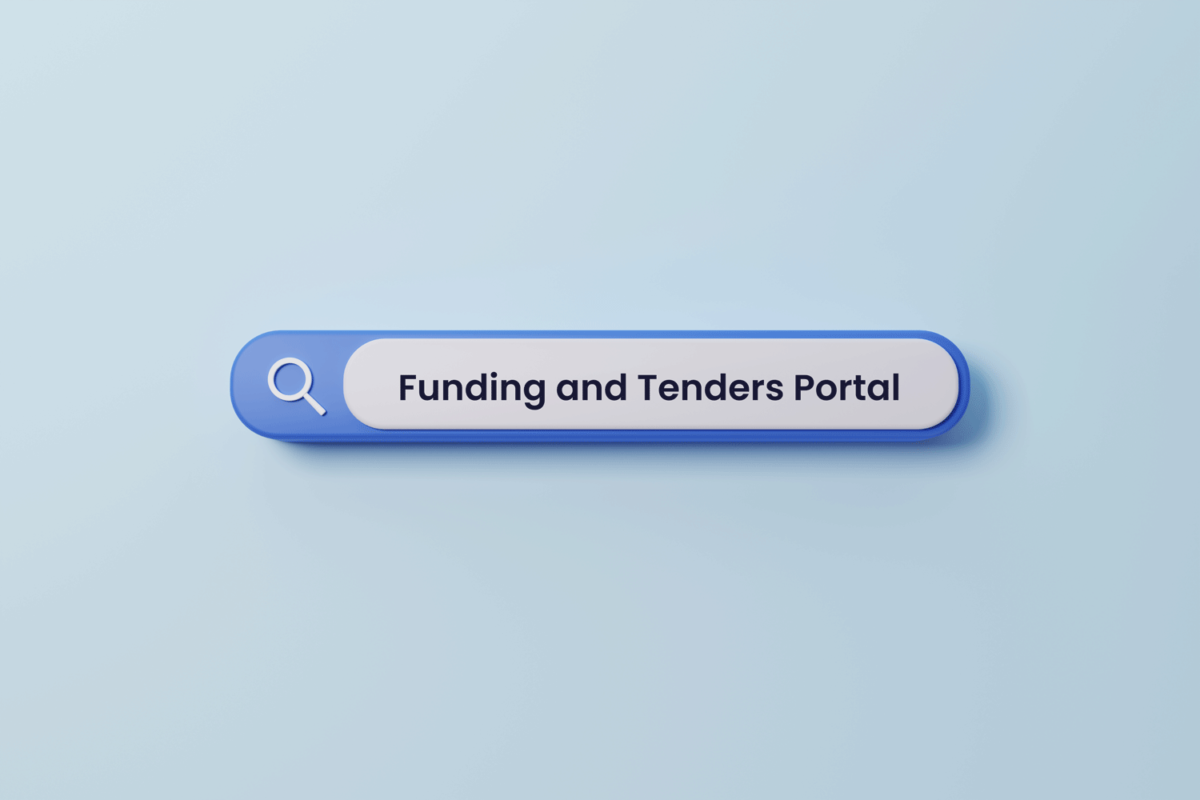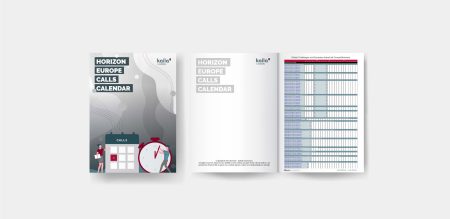Access to any European Commission funding programme requires knowledge of the Funding & Tenders Opportunities Portal. It is the gateway for submitting proposals, finding partners, managing grants, etc. In the following article, our team of experts in European funding will show you the most relevant functionalities of the EU participant portal.
Which programme am I interested in?
This is the first question you should ask yourself when entering the Funding and Tenders Portal. Europe has more than 30 funding programmes, so it is crucial to identify which one(s) are of most interest to you. Horizon Europe, the framework programme for research and innovation, is not the same as Interreg and its sub-programmes to facilitate European trans-regional development, or LIFE, which focuses on pilots and measures for the environment and climate action, or the EU4Health programme aimed at health, or programmes such as Digital Europe or Creative Europe. A total of 34 programmes are managed through the EU Participant Portal.
How do I find the calls in the EU Participant Portal?
Once we have studied which programme we will apply to and what we want to fund, we have to go to the search engine to find the open calls and those that will be open soon (those already closed also appear). In the Funding and Tenders Portal search engine, we can filter by programme, call, theme, order, etc.
What is the most relevant information about the calls?
The criteria to take into account when applying to a call are in the EU Participant Portal:
- Opening date and (most importantly) application deadline date and time.
- Type of action that can be submitted.
- Eligibility: what kind of organisations can apply, which countries are eligible for funding, what are the requirements for the consortium, etc.
- What documents, when, and how do we have to submit them.
- How to submit the proposal, the consortium, and budget.
- Call and programme information and updates (e.g. changes to a template or a standard before submission, or information on how many proposals have been received shortly after).
- Frequently asked questions.
All this information is well structured and can be accessed either by scrolling down the page or by using the menu on the left. The structure is the same for almost all programmes: general information, topic information updates, topic description, conditions and documents, submission service, answers to frequently asked questions, call updates, and how to contact the European Commission services in case of need.
How can I participate in the EU Participant Portal?
The first thing we need to be clear about, as we have already mentioned, is what we want to do. Then, find the appropriate programme and the call to which we are going to apply in the EU Participant Portal.
Once this first phase is done, we first register as a natural person, creating a user profile in the Funding and Tenders Portal. With this profile we can, for example, search for strategic partners who want to participate in the same topics as us. The info days of the various National Contact Points (NCP) are very useful at this point in the process.
If we want to apply for funding for a project, we must also have registered the entity we are working for. By registering it on the portal, we obtain an identification number (PIC) to be able to receive European funds. If the entity already has a PIC number, it is sufficient to use it.
With the PIC number, we can create a draft proposal and download the necessary documents (templates, budget, administrative requirements, etc.), always in the current versions. Finally, we must complete all the forms and upload the documents to the portal to submit the proposal before the deadline date and time.
Glossary of terms to help you manage the EU Participant Portal
Programme: The European Commission presents different programmes focusing on different aspects of desired investment.
Sub-programme: Within some very large programmes, such as Horizon Europe or LIFE, for example, there are more specific sub-programmes, focused on more specific areas such as energy, health, mobility, agri-food, bio-economy…
Work Programme: In the Work Programme you will find all the information related to European calls for proposals and funding opportunities.
Destination: Destinations are specific themes or strategic objectives of the sub-programmes. Each destination usually provides several specific objectives and results.
Call: The “calls” are the calls for projects that open in each of the programmes or sub-programmes. They have a budget and particular characteristics for each one.
Topic: Some calls group several topics focused on a different aspect. Each topic explains in detail the different results, impacts, policies, and objectives with which it is aligned.
Topic id: Identification code of the call, e.g. Horizon-EIE-2022-Connect-02-02.
Deadline: Deadline is the date and time of submission of applications. The name in English is very graphic: “death line”.
Budget: It is the estimated budget of the European Commission for the projects of each call.
Eligibility: The criteria on which the EC bases the eligibility of a funding proposal. Among others, it includes the minimum number and type of entities that can apply, the number of countries expected to apply, the maximum project budget, etc.
Consortium: A consortium is a group of partners that jointly submit a project proposal to a call for proposals.
TRL – Technology Readiness Level: The system that measures the level of development of new technology, from the earliest stages of proof of concept and basic research, technology development, prototyping, piloting, commercialisation, and deployment.
RIA: Research and Innovation Actions (RIA) calls are those focused on funding basic and early-stage research at TRLs below 4-5.
IA: Innovation Actions (IA) are calls for projects focused on applying research in innovations and pilot testing, TRLs above 5.
CSA: The Coordination and Support Actions calls are mainly focused on facilitating the access of already developed technologies to the market or those with very high TRLs.
Part A: Part A proposals include all the administrative information necessary for the implementation of the project. They are usually forms that are typed directly through the Portal. The first part is linked to the registered entity and another to the organisation’s previous experience, technical capacity and researchers to be involved.
Part B: Part B of the proposal includes the development of the proposal, the state of the art of the project, the expected impacts, and the work plan. It is the “memory”.
Budget: The budgets linked to European projects must meet a series of requirements depending on the calls for proposals to which they apply. It is usually introduced as a form through the Portal.
PIC: The PIC is the registration number that every organisation must have to apply to European calls for proposals.
Cordis: Cordis is the European Commission’s platform where you can find information on all previous projects such as their deliverables, consortia, and budget.




